NASA Astronomy Picture of the Day 29 January 2023: An eerie hole in the sky
NASA Astronomy Picture of the Day 29 January 2023 is a dreadful dark molecular cloud. What is it? Find out.

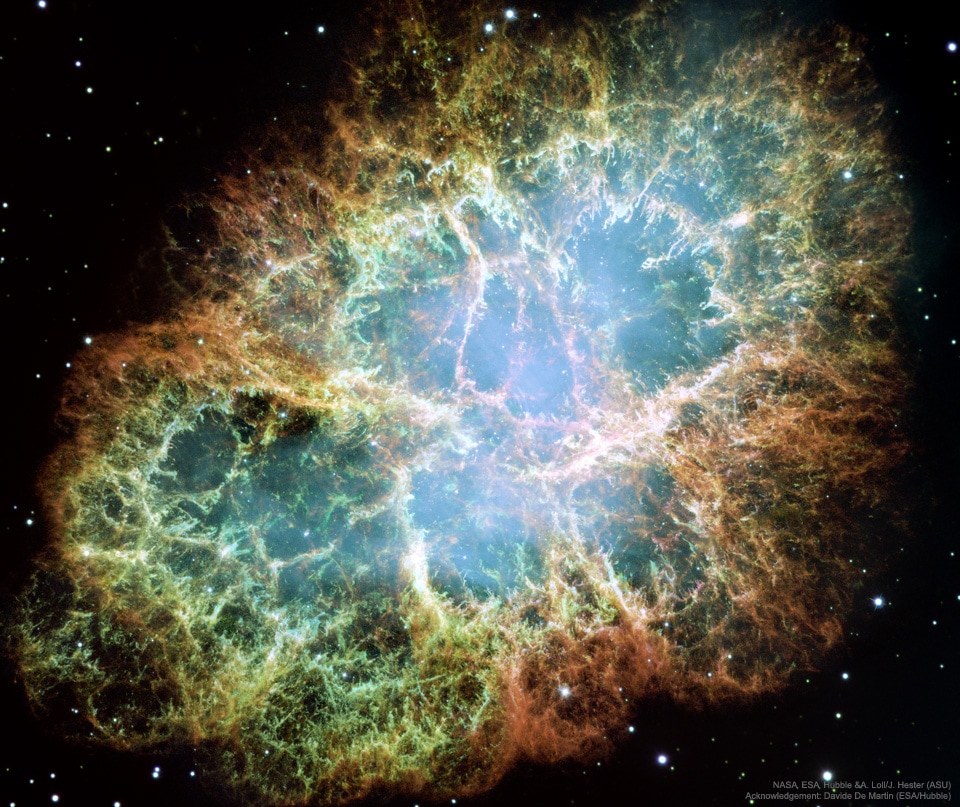
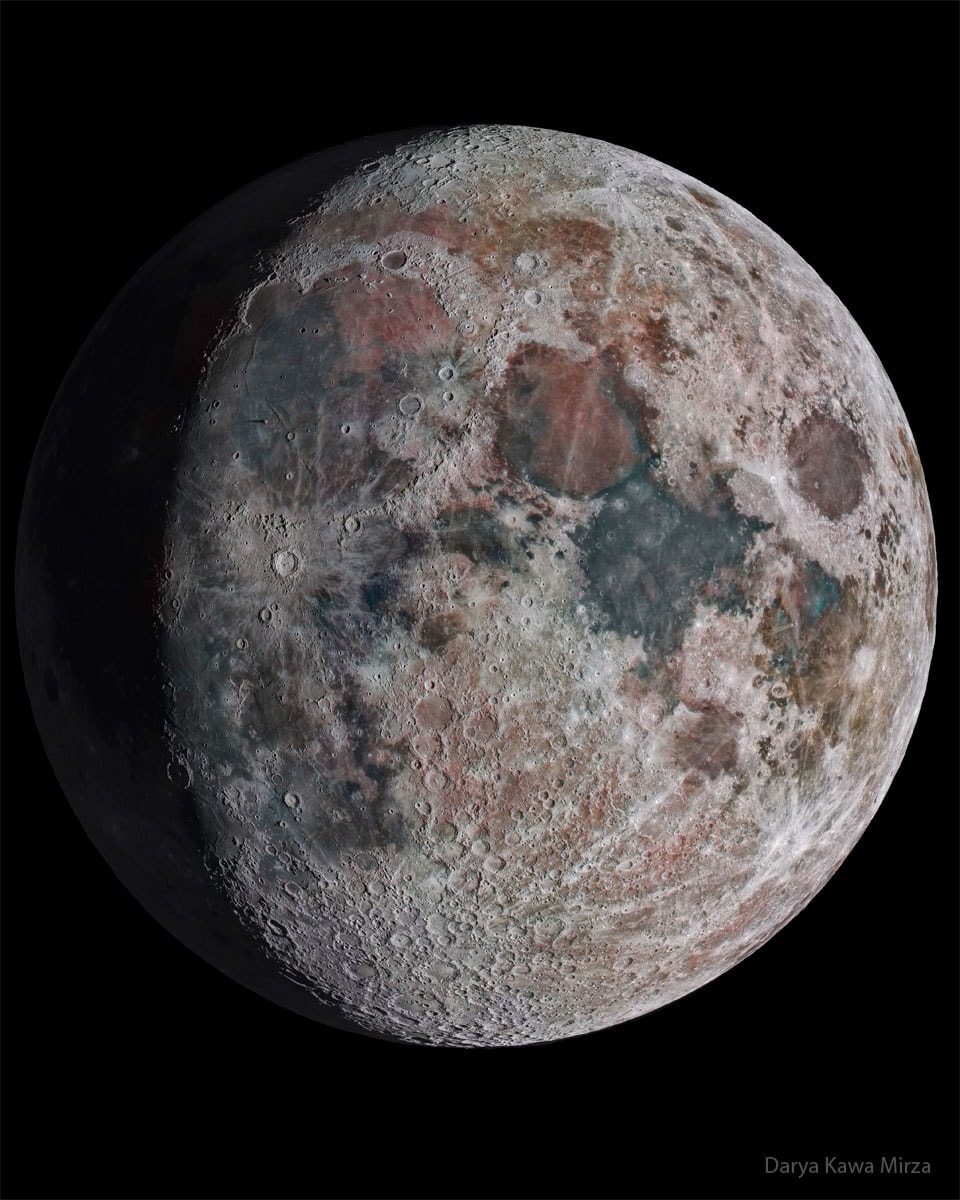
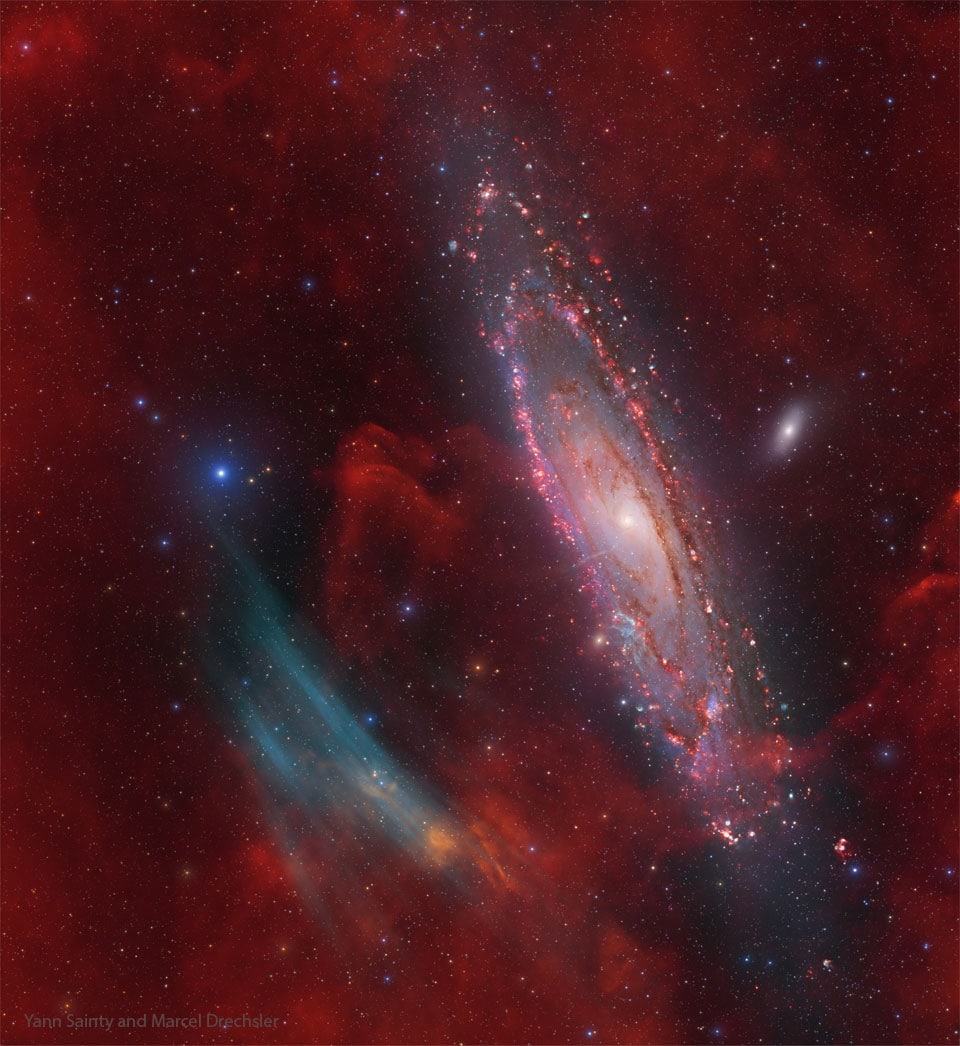
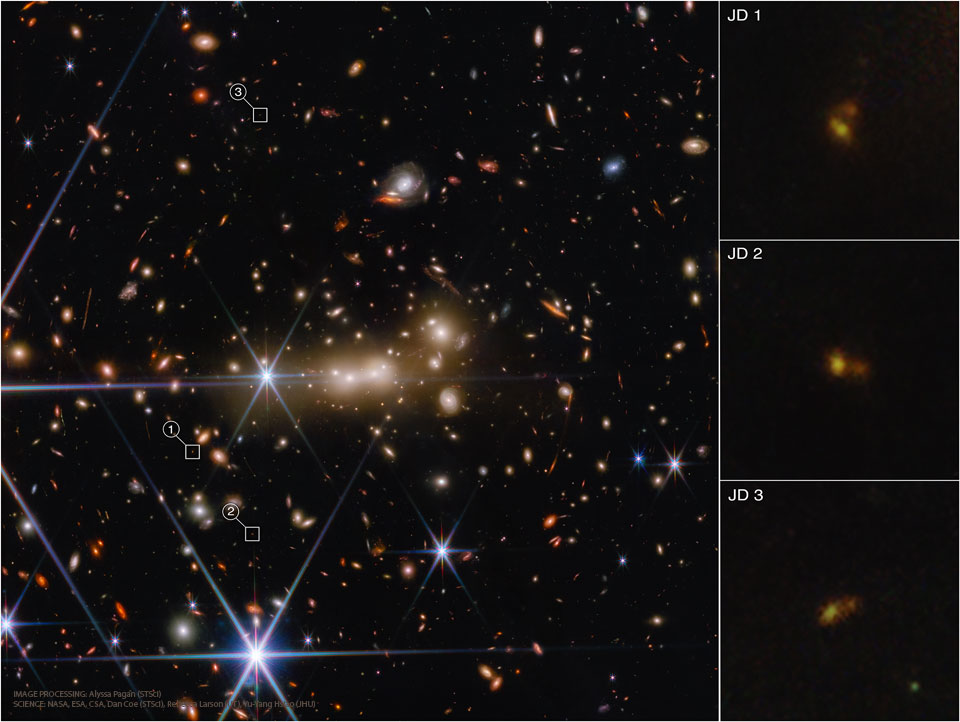
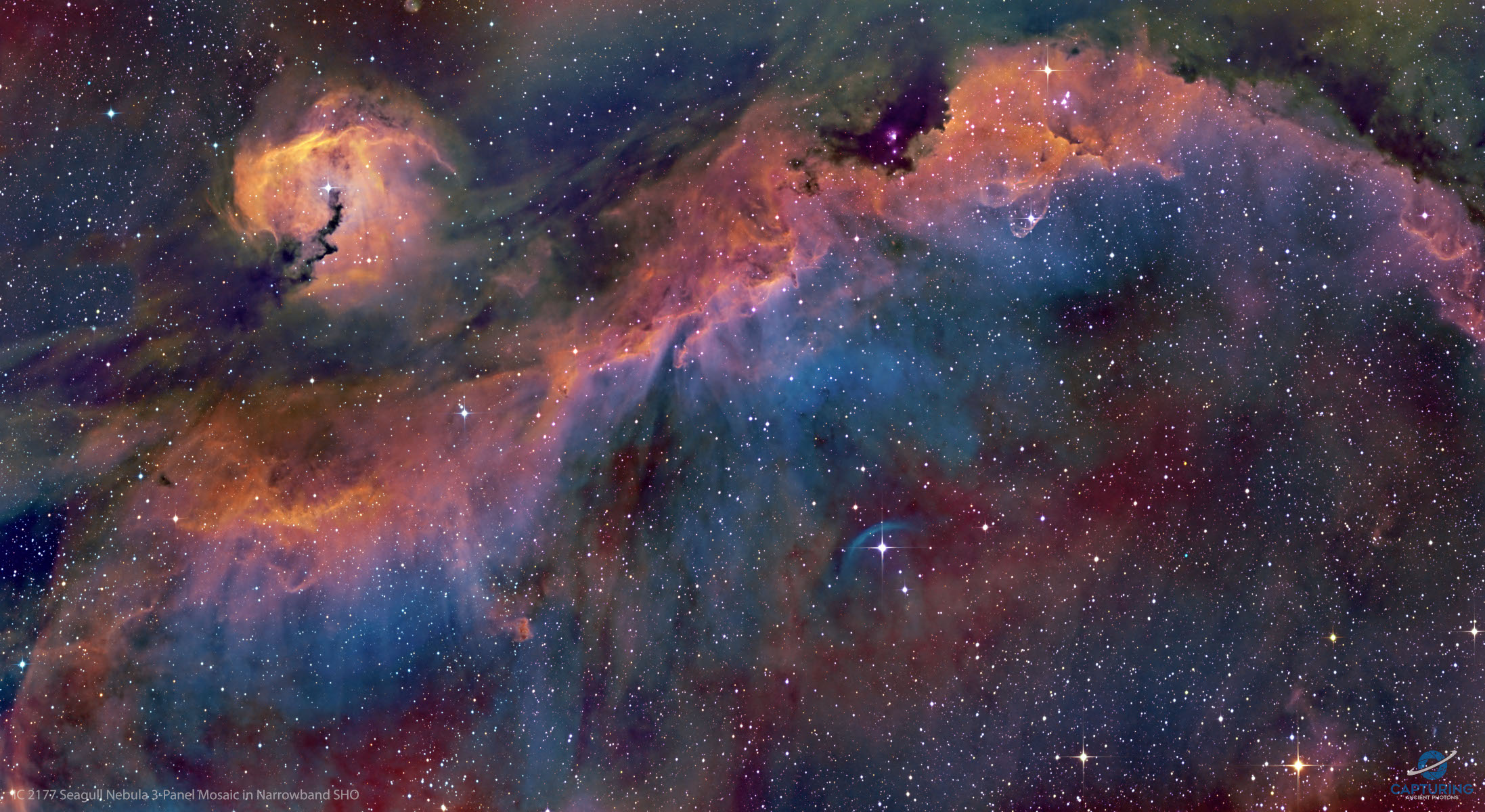
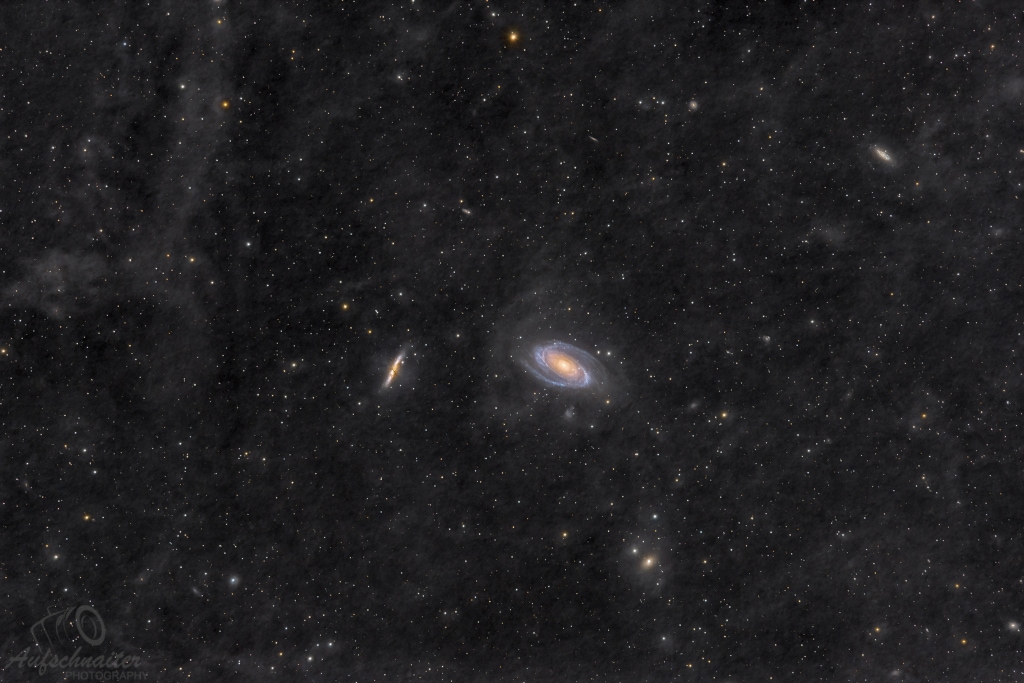
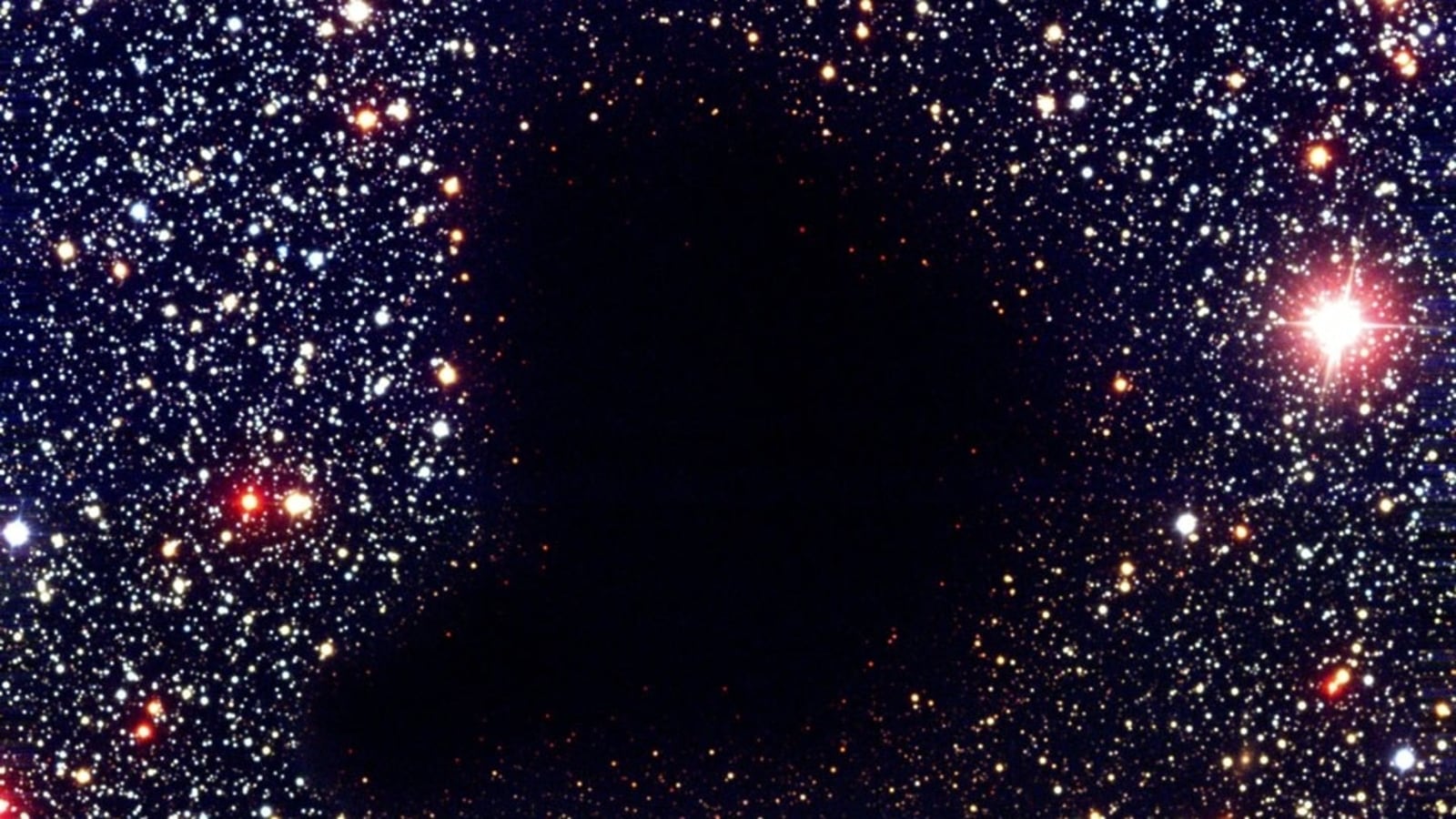
 View all Images
View all ImagesNASA takes you on a quick virtual tour of different places in the deep cosmos on a daily basis. Today, the space agency has shared a dreadful image in which stars have mysteriously disappeared from the centre. It looks like there is a hole in the sky! Where did all the stars go? NASA explained that it is a dark molecular cloud. NASA says that it is known as Barnard 68, which is one of the most notable dark absorption nebulae in the direction of the constellation Ophiuchus.
“Here, a high concentration of dust and molecular gas absorbs practically all the visible light emitted from background stars. The eerily dark surroundings help make the interiors of molecular clouds some of the coldest and most isolated places in the universe,“ NASA explained about the image.
But why are there no stars in the centre? NASA says that it indicates that Barnard 68 is relatively nearby. It is approximately 500 light-years away and half a light-year across. How molecular clouds like Barnard 68 formed is not known, but scientists are sure that these clouds are themselves likely places for the birth of the new stars. “In fact, Barnard 68 itself has been found likely to collapse and form a new star system. It is possible to look right through the cloud in infrared light,” NASA said.
Beyond the dark centre of the cloud
The European Southern Observatory explained that the central part of the cloud is so dense that it completely blocks out the light coming from the stars behind it. ESO says “It is known that clouds like B68 at some moment begin to contract and subsequently transform themselves into normal, hydrogen-burning stars.”
Why do these clouds look dark? The reason is that they contain myriads of submicron-sized solid particles, basically interstellar dust grains.
Catch all the Latest Tech News, Mobile News, Laptop News, Gaming news, Wearables News , How To News, also keep up with us on Whatsapp channel,Twitter, Facebook, Google News, and Instagram. For our latest videos, subscribe to our YouTube channel.




























